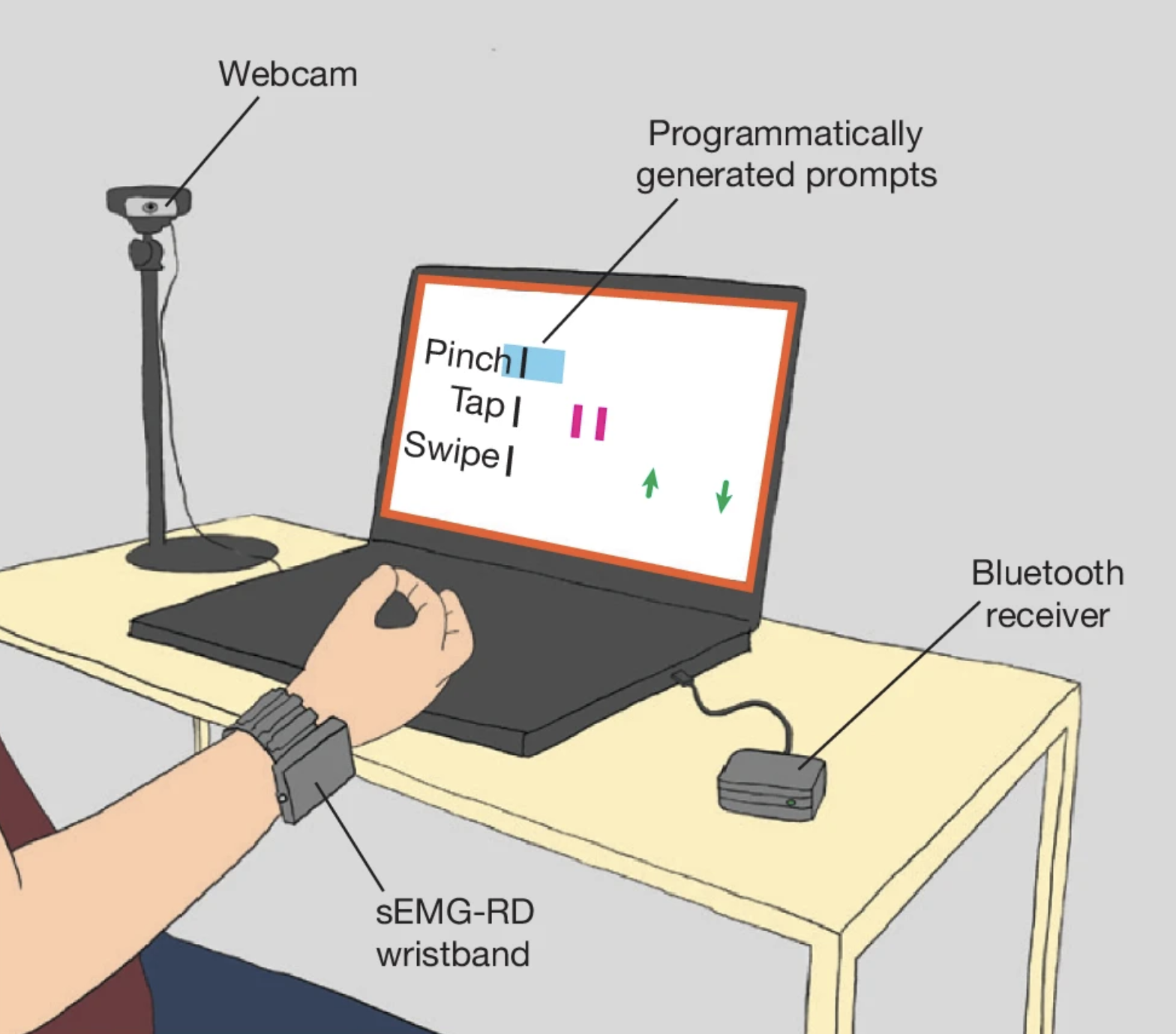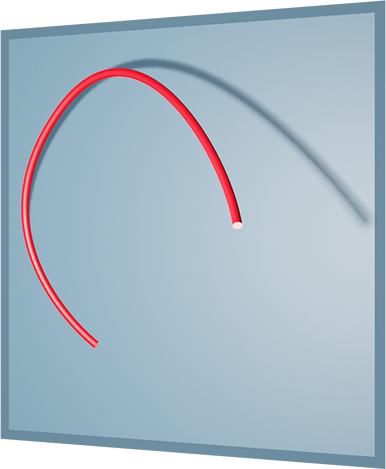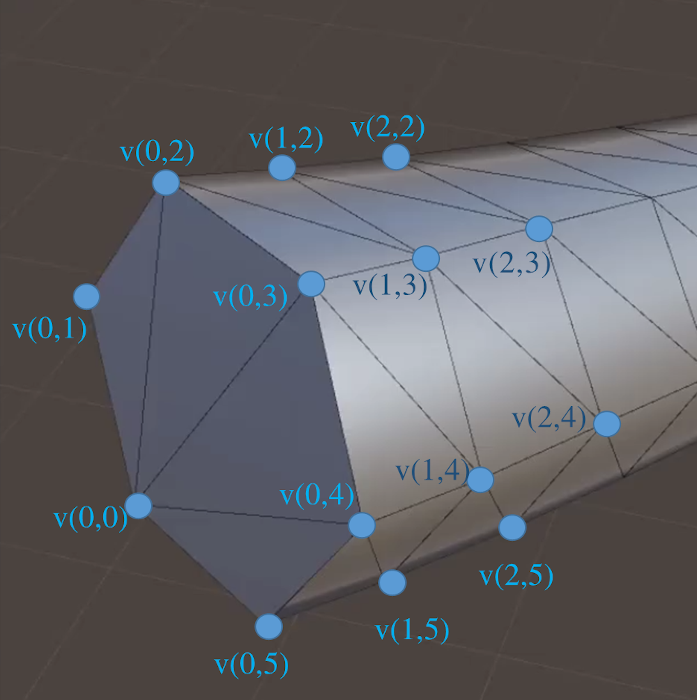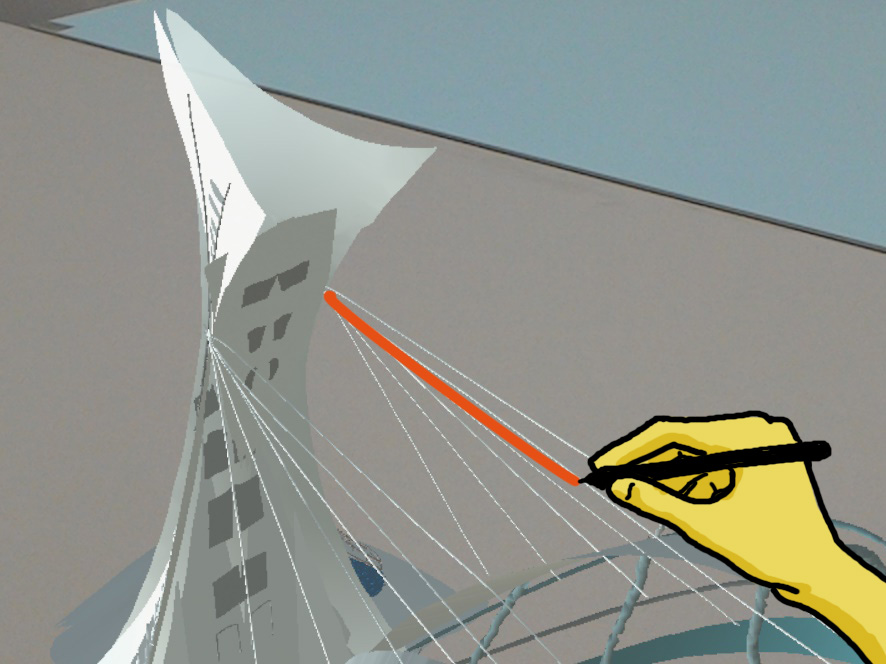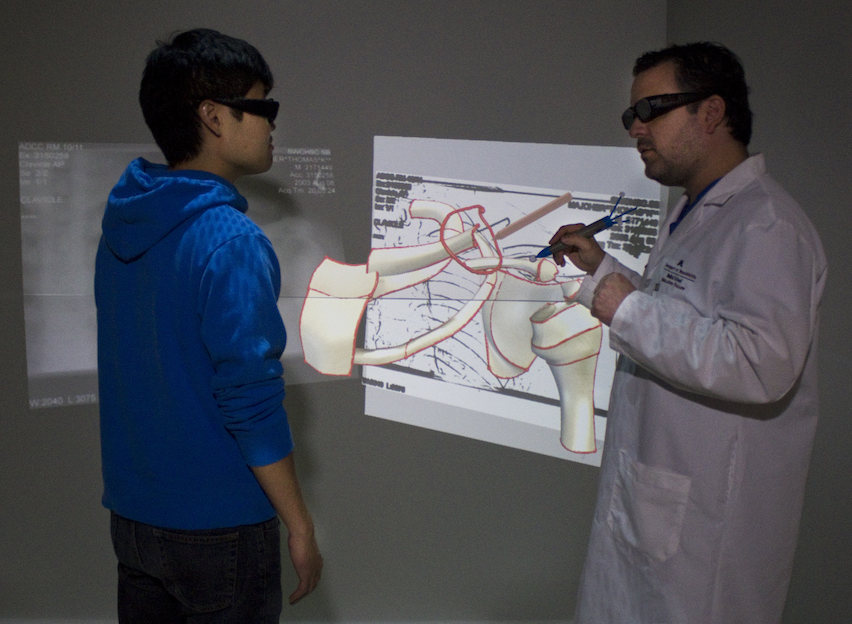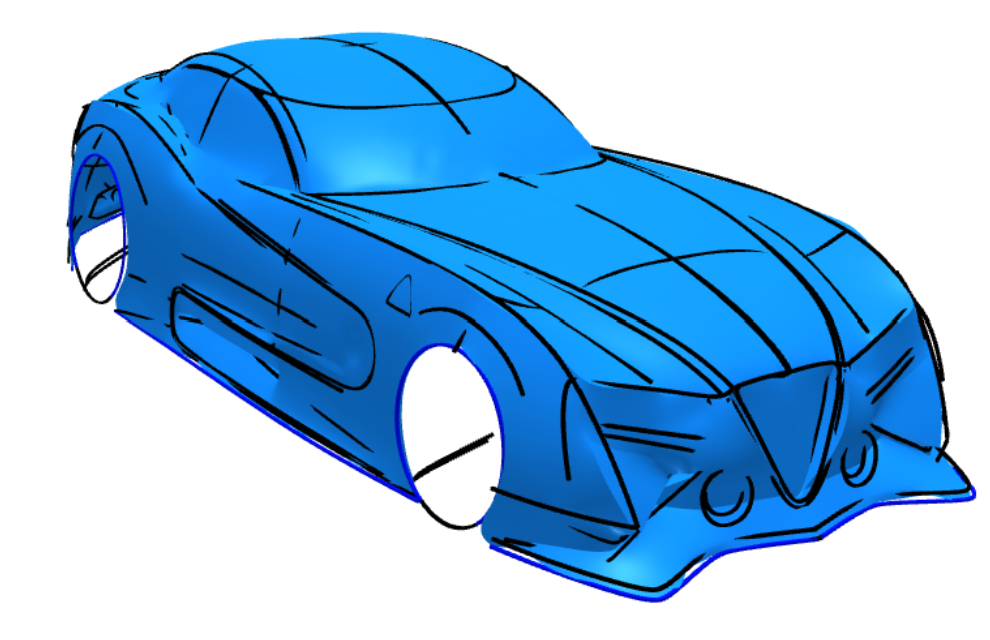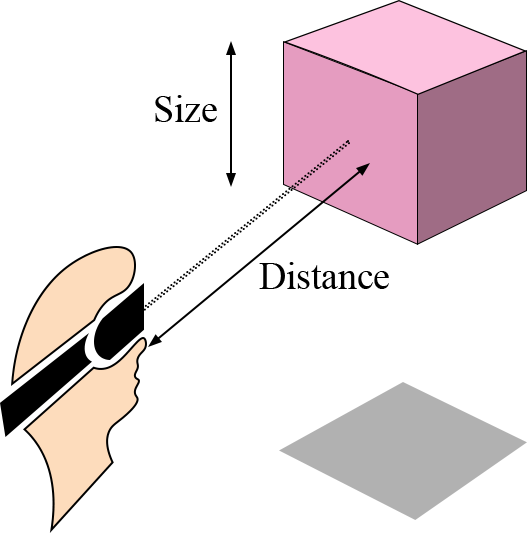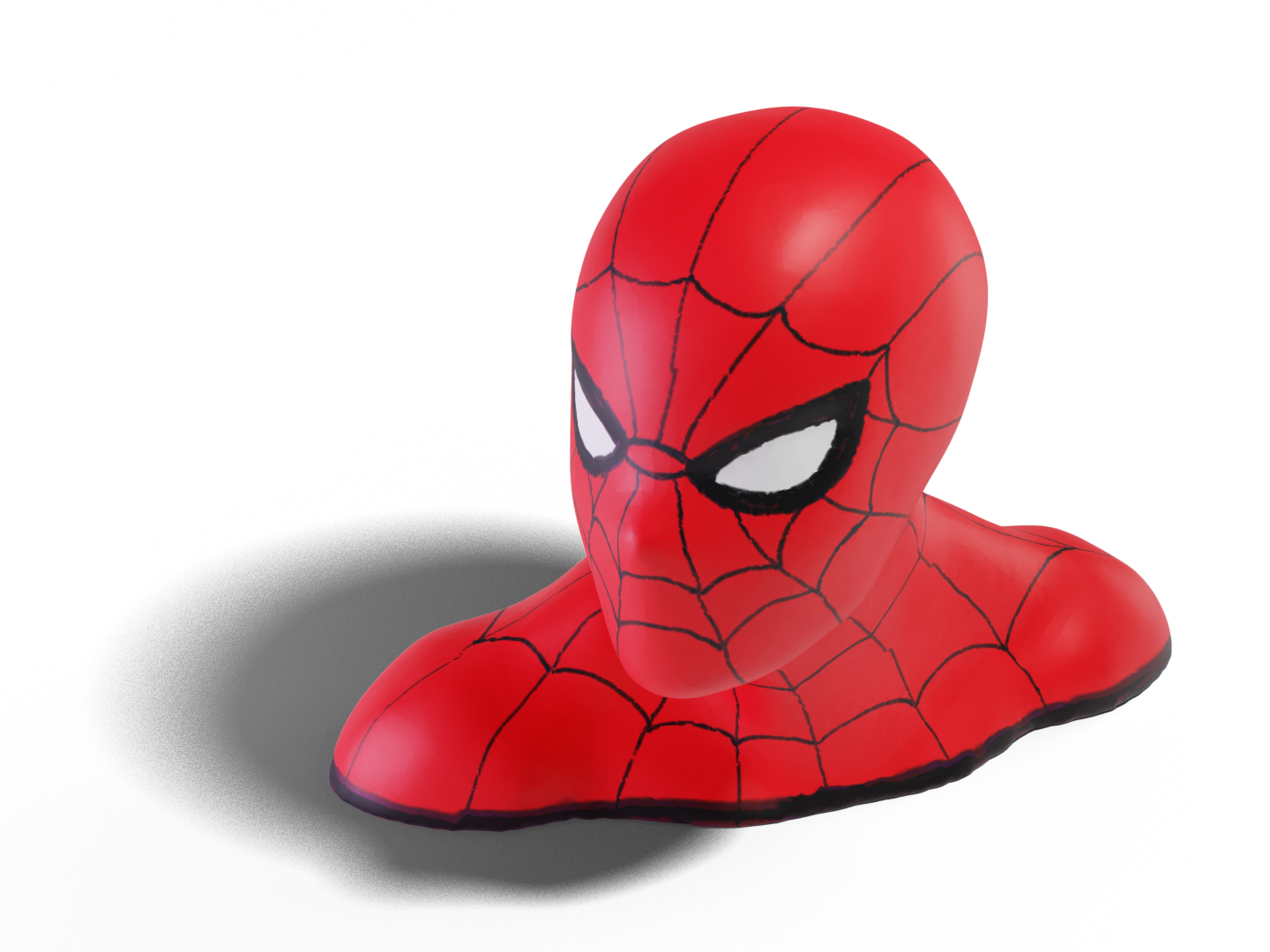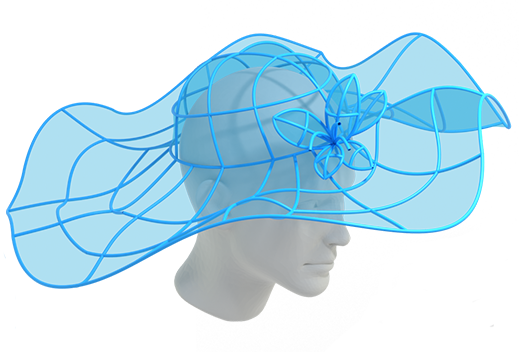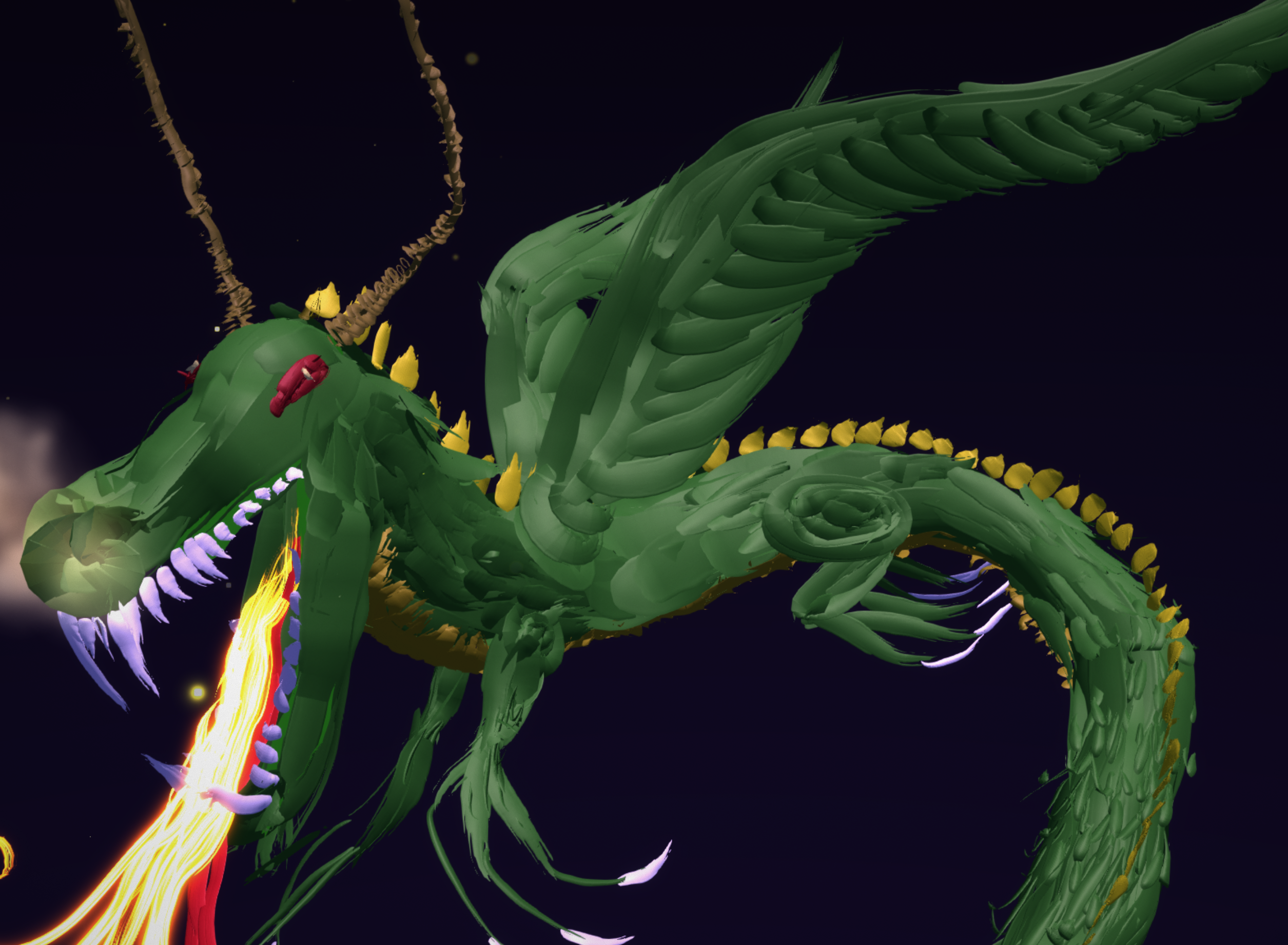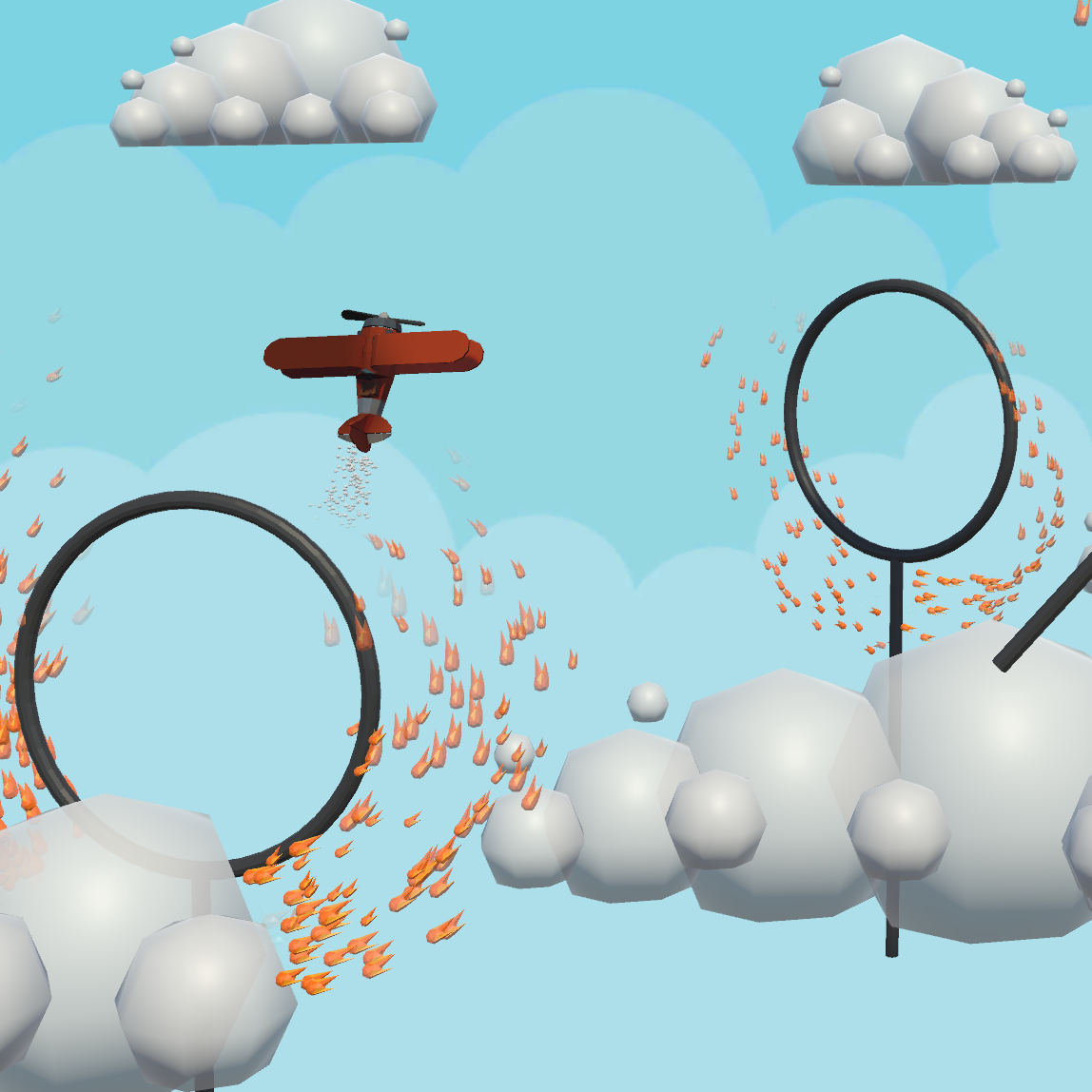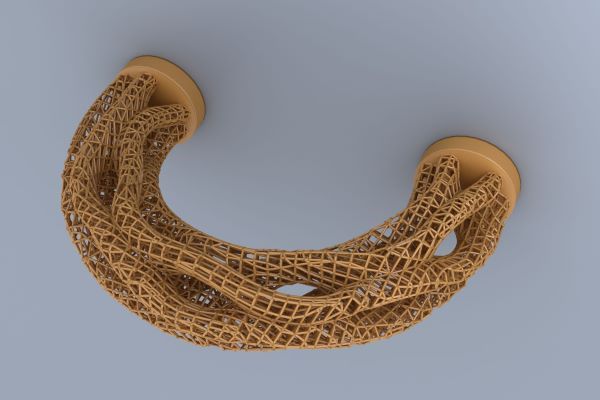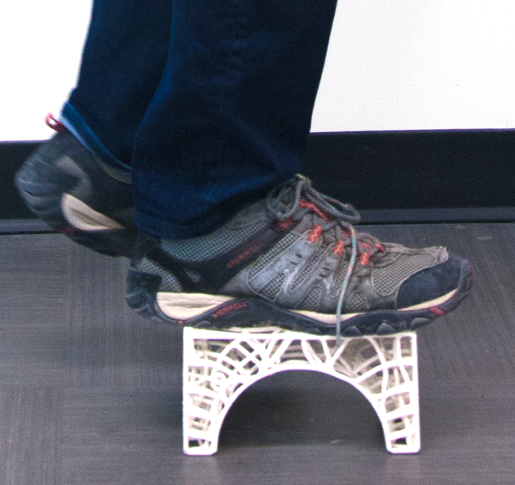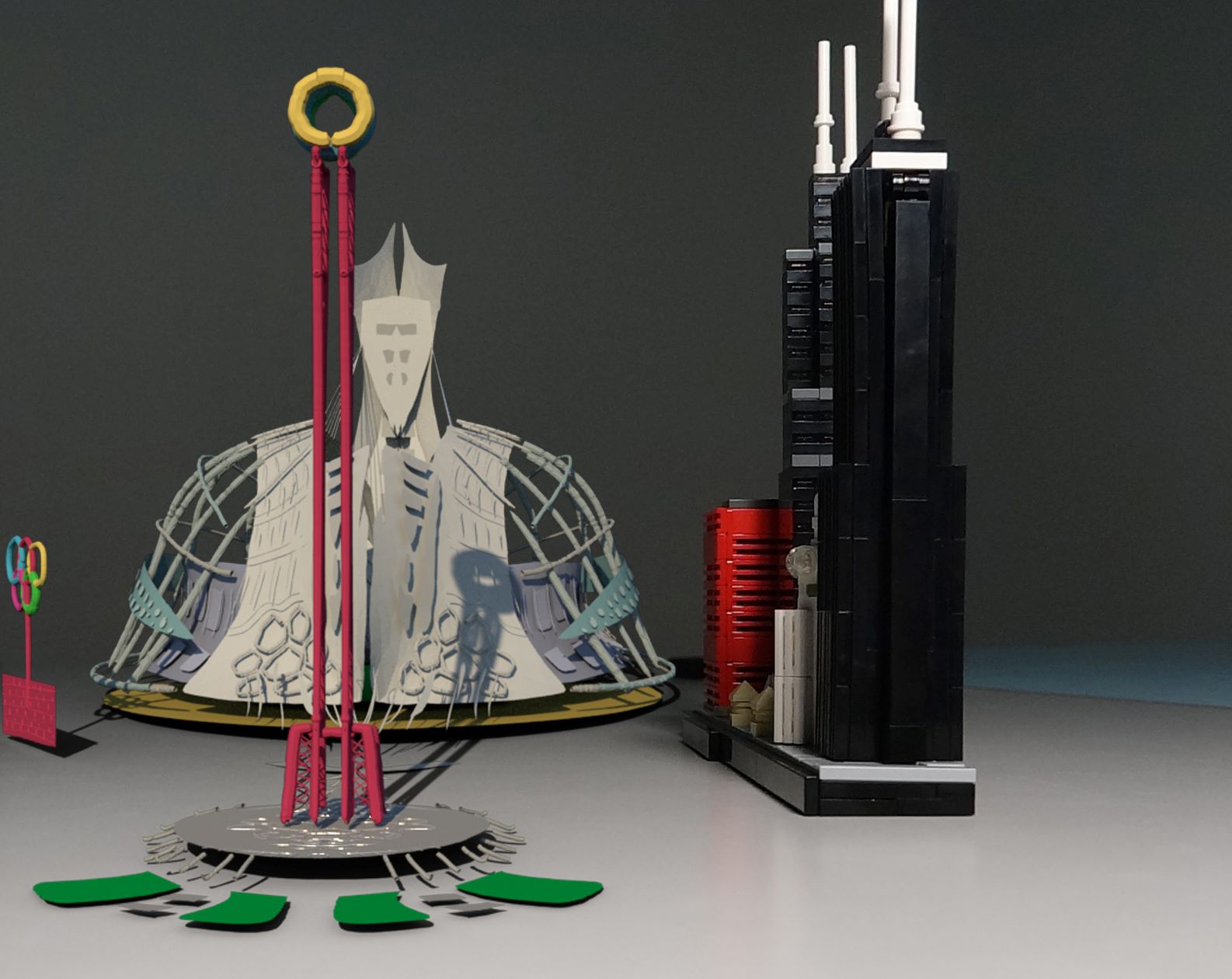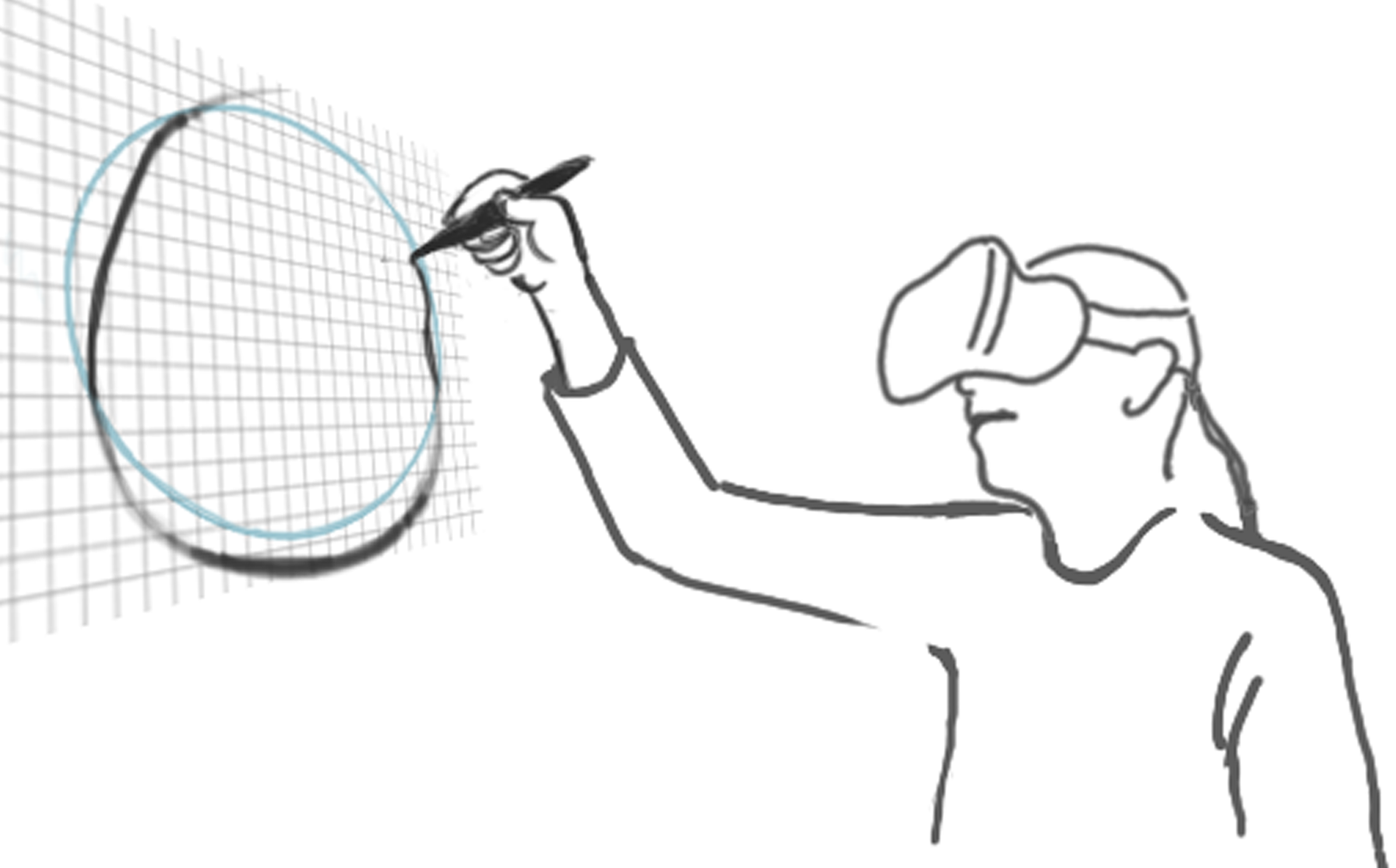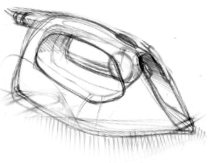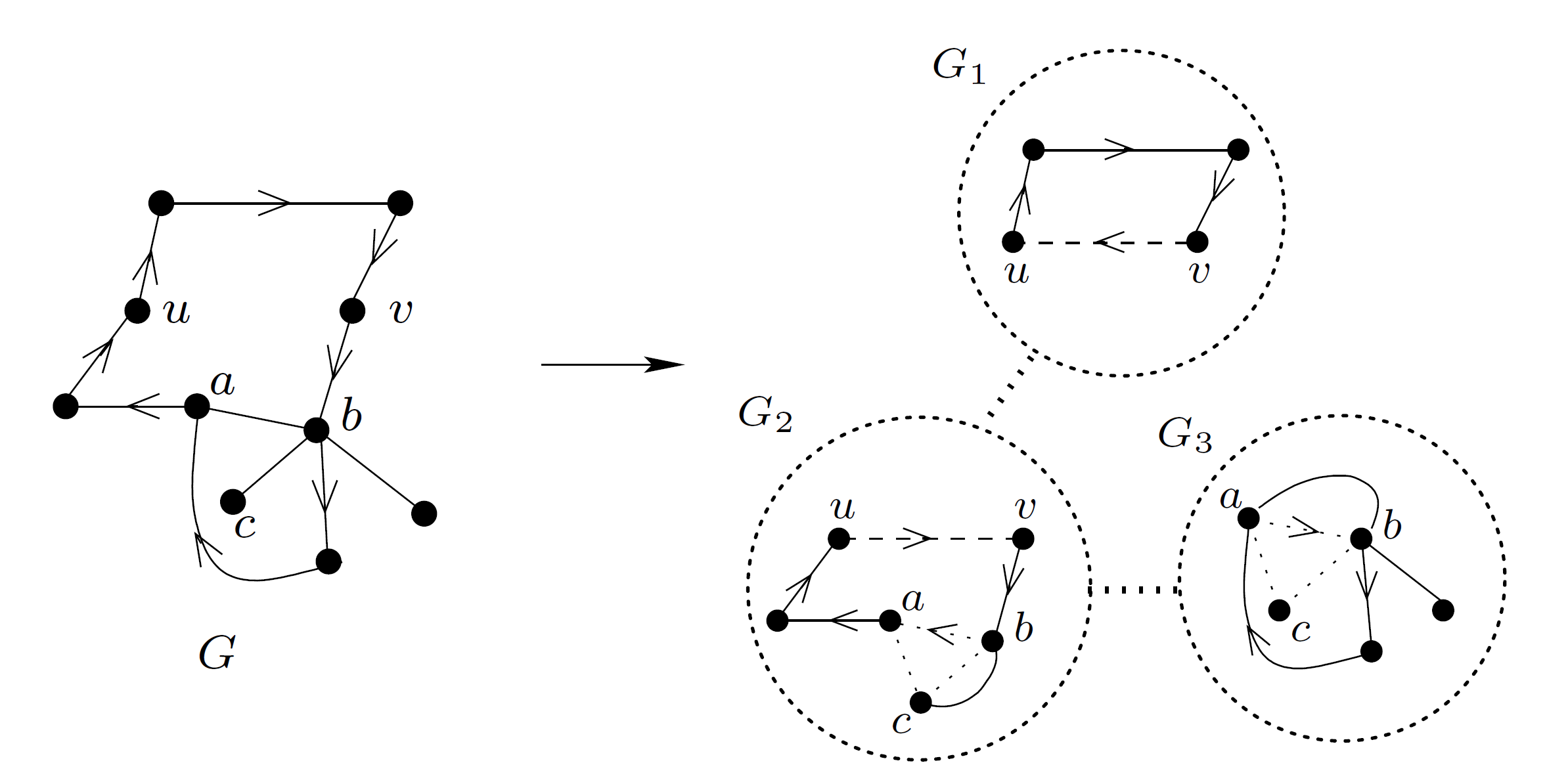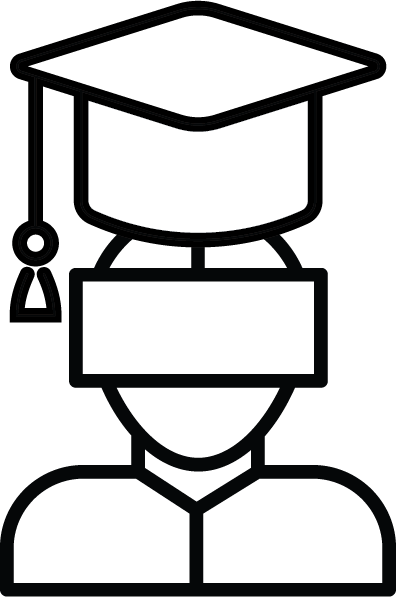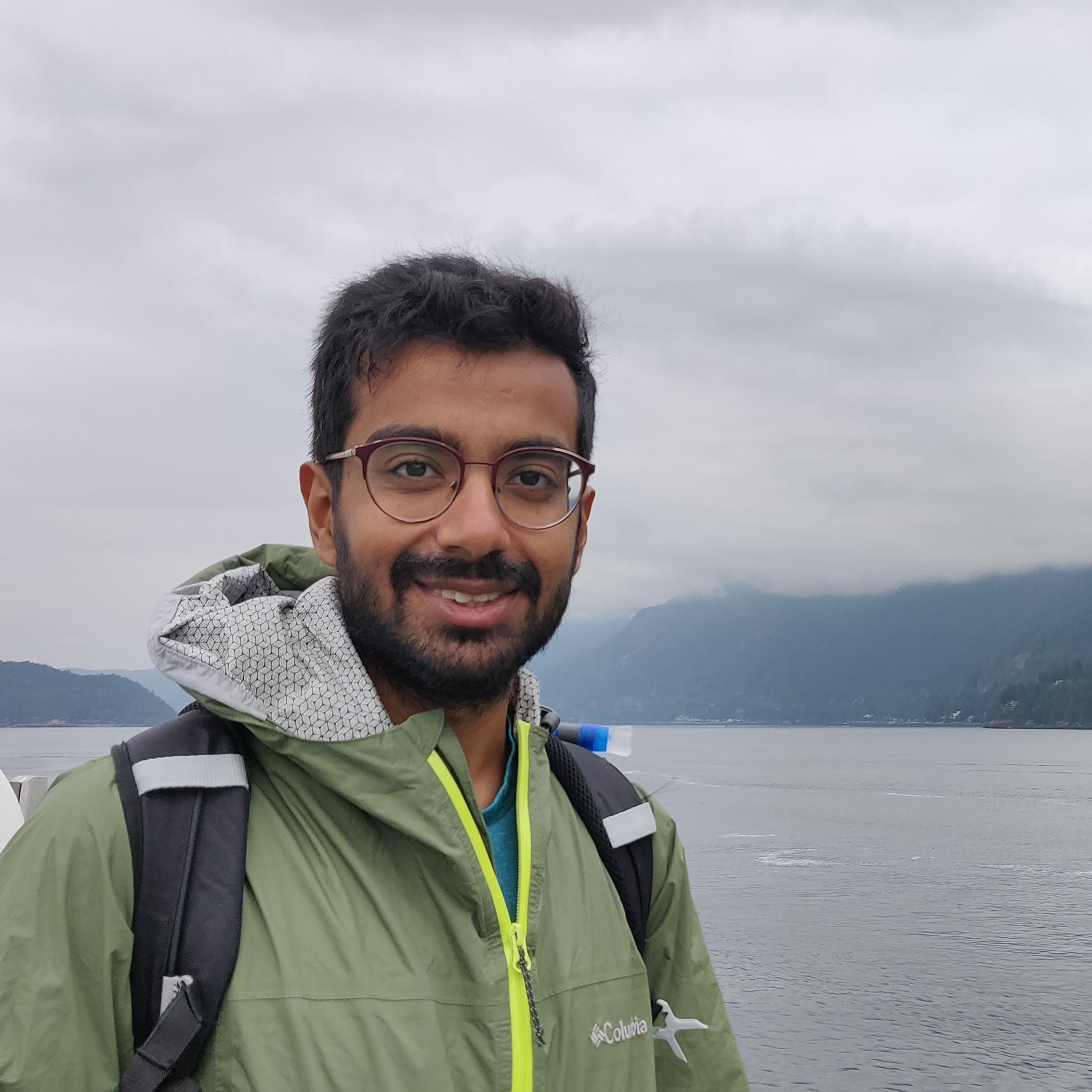
Hi, I'm Rahul Arora,
a Research Scientist at Meta (the company, formerly known as Facebook) Reality Labs. At Meta, I develop multimodal interactions for the AR and AI wearables of the future.
My work at Meta spans gesture design, sensing algorithms, applications of sensor fusion, and the development of prototype interfaces to showcase and evaluate these interactions. For data collection as well as quantitative evaluation of interaction schemes, I also lead the design and execution of small and large-scale user studies. To know more about our work, see news releases on Orion AR glasses and the EMG wristband.
Before joining Meta, I was a PhD student in Computer Science at DGP lab at the University of Toronto, advised by Karan Singh. In my thesis, I utilized 3D interactions in immersive realities (AR/VR) for 3D sketching, modelling, and animation. Broadly, I am interested in immersive AR/VR and user-centric tools for creative visual applications. I also like to dabble a bit in geometry processing and human perception.
During my PhD, I had the great pleasure of collaborating with reseachers at Adobe and Autodesk, via multiple internships as well as independent collaborations with individual researchers. My collaboration with Autodesk was aided by a Mitacs Accelerate award for industrial collaborations. My research has also been funded by the 2019 Adobe Research Fellowship, the 2020 Wolfond Fellowship in Wireless Information Technology, and the 2021 Lansdale/Okino Computer Graphics Fellowship.
Before I took a short 14-hour flight from Delhi to Toronto, I finished my masters and undergrad in Computer Science and Engineering at IIT Kanpur in India. For my masters thesis, I worked with Adrien Bousseau and Vinay P. Namboodiri on shape and view interpolation of design sketches. I worked with Raghunath Tewari on the complexity of the perfect matching problem during my undergrad. In early 2020, my Volumetric Michell Truss project was displayed as an exhibit at University of Toronto's Robarts Library. The project was one of three selected in a university-wide competition.